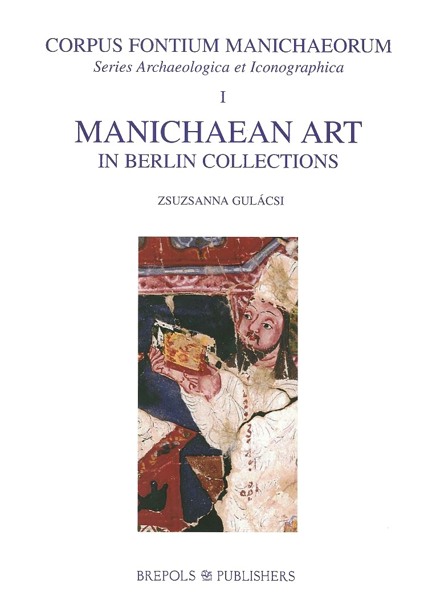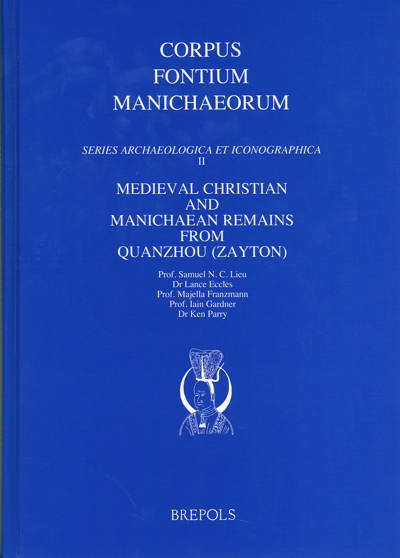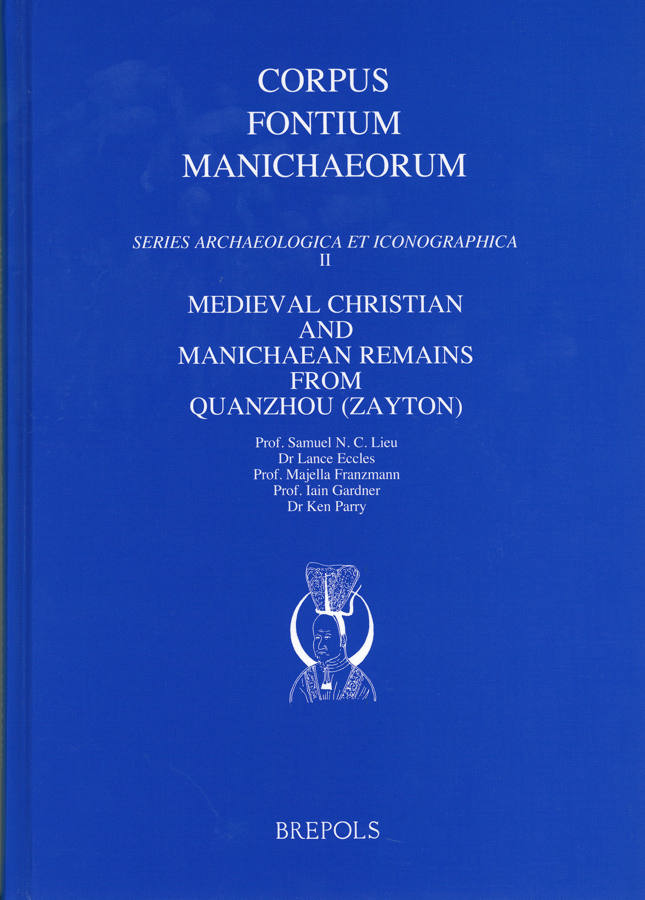
Medieval Christian and Manichaean Remains from Quanzhou (Zayton)
Sam N.C. Lieu
- Pages: 282 p.
- Size:210 x 297 mm
- Illustrations:127 b/w, 73 col.
- Language(s):English
- Publication Year:2012
- € 150,00 EXCL. VAT RETAIL PRICE
- ISBN: 978-2-503-52197-8
- Hardback
- Temporarily Out of Stock
"Aus alledem geht hervor, dass dieses Buch einen wichtigen, gelungenen und begrüßenswerten Beitrag zur Erforschung des Christentums und des Manichäismus und vor allem der epigraphischen Zeugnisse in China darstellt." (Desmond Durkin-Meisterernst, in: Theologische Literaturzeitung, 139. Jahrgang, Heft 2, Februar 2014, p. 220-222)
"This pioneering book contains a considerable amount of new material disclosed by an expert team with an astonishing command of languages. (...) The above sentences may testify to the fact that we are dealing with an important and intriguing book resulting from a highly interesting research project." (Johannes van Oort, in: Vigiliae Christianae, 68/3, 2014, p. 334-337)
Better known to western medieval travelers as Zayton, Quanzhou in Fujian was China’s main port and also the terminus of the Maritime Silk Road. The city was home to a cosmopolitan population especially when China was under Mongol rule (ca. 1280-1368 CE). Italian visitors to and inhabitants of the city included Marco Polo, Odoric of Pordenone and Andrew of Perugia. The city had a significant Christian population, both Catholic and Church of the East (Nestorian), and the nearby town of Jinjiang has to this day in its neighbourhood a Manichaean shrine housing a unique statue of Mani as the Buddha of Light. These religious communities left a wealth of art on stone which first came to light in Mid-Twentieth Century but is still very little known and studied outside China. This volume containing over 200 illustrations (many in full colour) is the work of a team of scholars from Australian universities in collaboration with the major museums in Quanzhou and Jinjiang and is the first major work on this unique material in a western language. The book will be of great interest not only to scholars of Manichaeism and of the Church of the East but also to scholars of East-West contacts under the Mongols.

